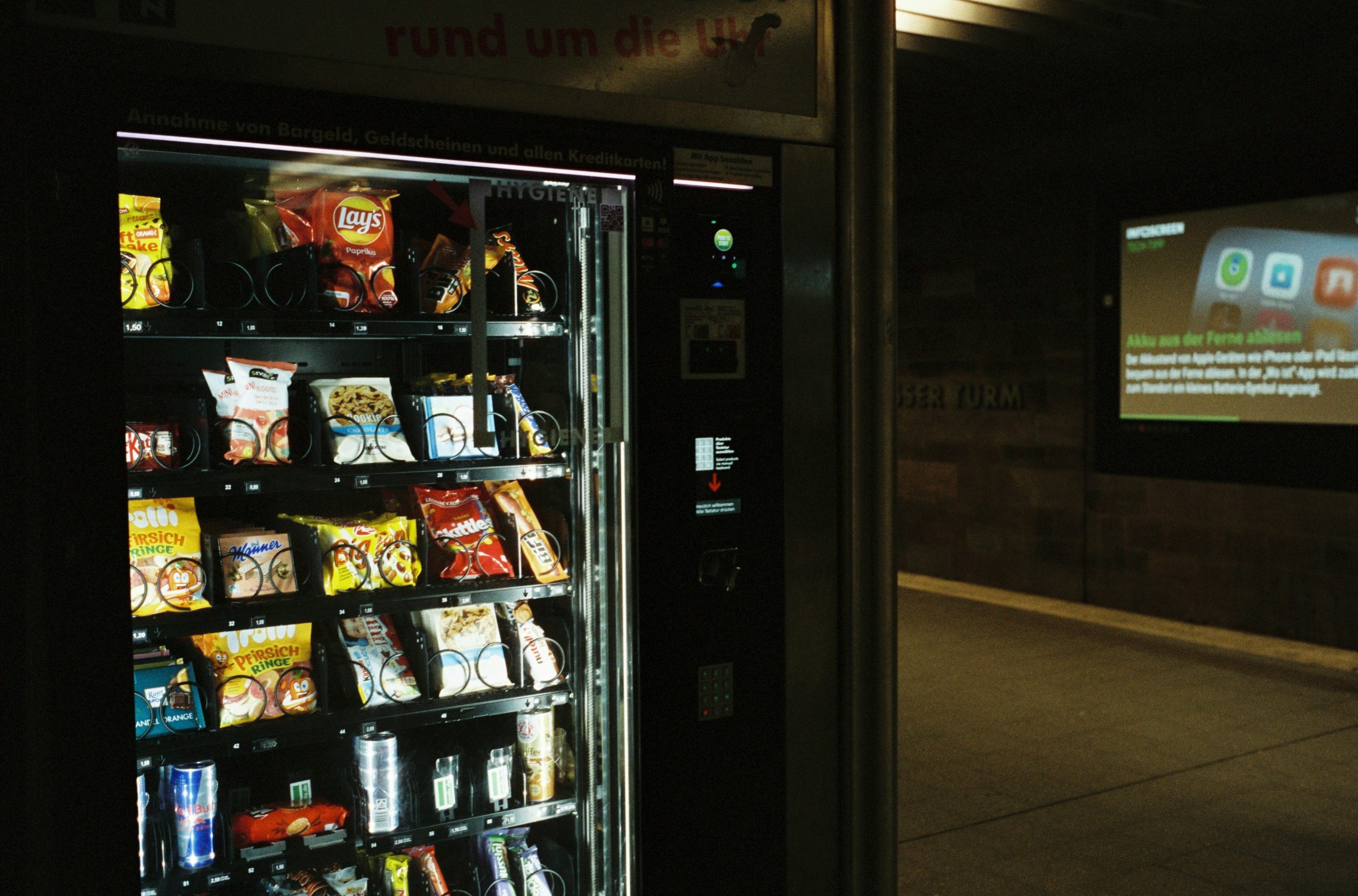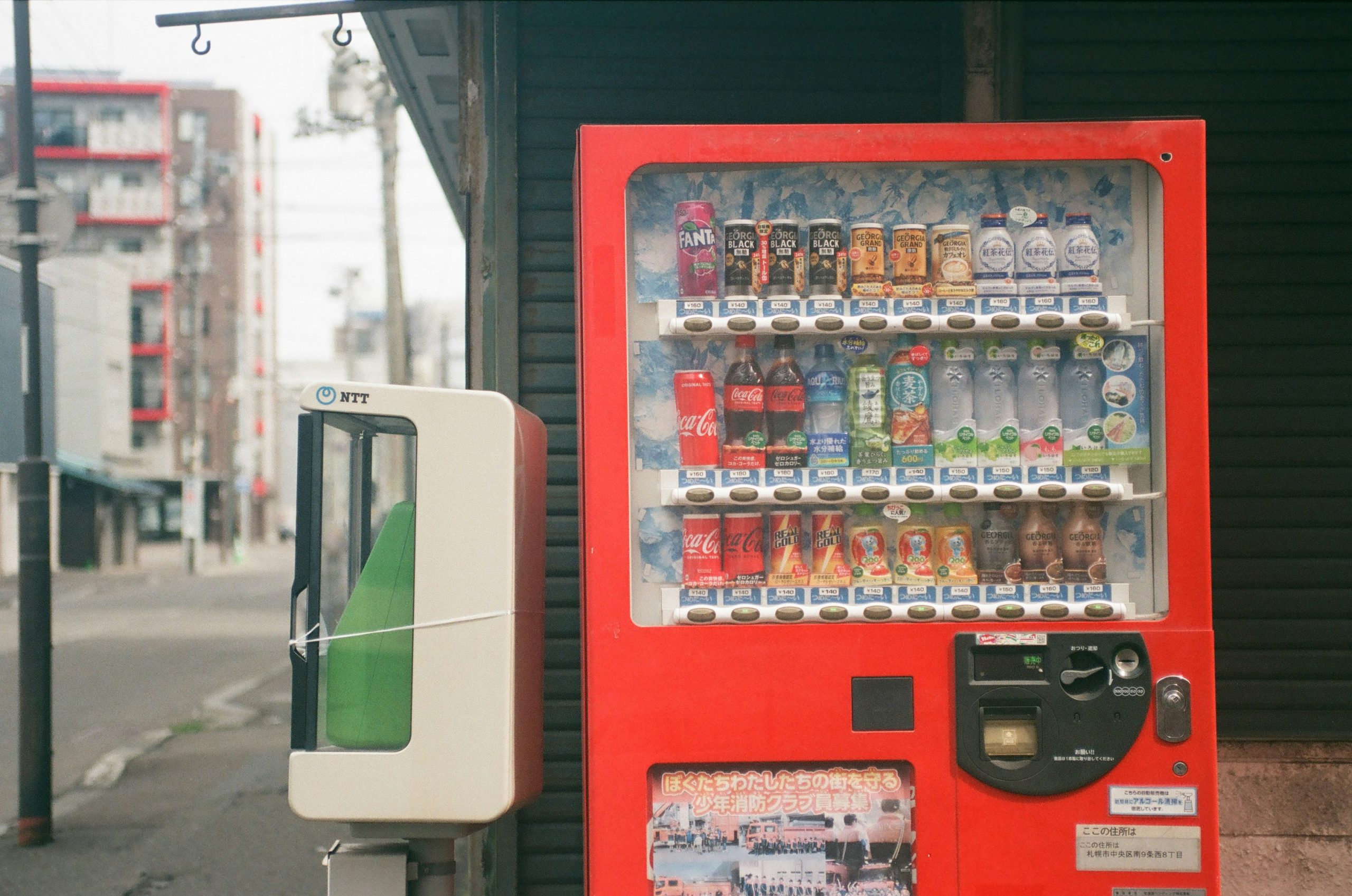
From snacks at your leisure to niche items like electronics and books, vending machines have become a global symbol of convenience. But where did it all begin? How did vending machines evolve from simple devices dispensing holy water to the high-tech digital marvels we see today? If you’ve ever wondered about the history of vending machines and how they became a booming business, this post has you covered.
The Humble Beginnings of Vending Machines
The Ancient Origins
Believe it or not, the concept of vending machines dates back to ancient times. The first recorded vending machine was designed by the Greek engineer Hero of Alexandria in the 1st century AD. His device dispensed holy water in exchange for coins. Once a coin was inserted, it pushed a lever that allowed a small amount of sacred water to trickle out. While its use was limited, this extraordinary creation sowed the seeds for the vending machines we know today.
The 19th Century Resurgence
It wasn’t until the 19th century that vending machines reemerged as a commercial concept. The first modern vending machine was invented in London in the early 1880s, dispensing postcards and books. By the late 1880s, the concept had spread to the United States. Thomas Adams Gum Company introduced vending machines in New York City subway stations to sell chewing gum. These machines were simple, coin-operated devices, but they marked the beginning of vending machines as widespread commercial tools.
The Evolution into Modern Vending
Early 20th Century Innovations
The early 20th century saw significant advancements in vending technology. Machines that dispensed cigarettes, candy, and soft drinks became commonplace in Europe and America. These early machines were mostly mechanical, operating on a simple coin-and-lever system.
During this time, vending machines started appearing in workplaces, schools, and other public spaces. They became a symbol of convenience, offering people access to essential goods without the need for human interaction.
The Golden Age of Vending (Post-WWII Boom)
After World War II, the vending machine business industry exploded. With growing economies and a demand for quick and convenient food, vending machines became popular in cafeterias, offices, and schools. The introduction of machines for hot beverages, such as coffee and tea, further boosted the industry.
By the 1950s and 60s, vending machines were dispensing a wider variety of goods, including hot meals. This period is often considered the “golden age” of vending machines as they became an integral part of daily life in industrialized nations.
The Rise of High-Tech Vending Machines
The Digital Shift
By the late 20th century, vending machines began to leverage digital technology. Machines started accepting credit and debit cards alongside coins, making them more accessible in an increasingly cashless world. Sensors were introduced to ensure products were dispensed properly, and basic touchscreens began appearing on some machines.
The digital revolution has also allowed for better inventory tracking and machine maintenance. Operators can now monitor their machines remotely, receiving alerts when stock is low or if there’s a technical issue.
Smart Vending Machines
Today, vending machines are smarter than ever. Many now feature advanced AI, touchscreens, and the ability to accept a wide variety of payment methods, including mobile wallets and QR codes. Some machines even come equipped with cameras and facial recognition technology for personalized recommendations or age verification.
What’s more, vending machines have started selling an astounding variety of products, from fresh salads and meal kits to luxury items like caviar or skincare products. These innovations have opened up new markets for vending machine businesses, especially in countries like Japan and Singapore, where vending culture thrives.
Why Vending Machines Became Big Business
Vending machines gained popularity not just for their convenience but also because they became a lucrative business model. Here’s why vending machines make great business sense to this day:
- Low Overheads: Unlike traditional retail spaces, vending machines require minimal space and staff, significantly reducing operational costs.
- Accessibility: A vending machine operates 24/7, making it a reliable source of products at any time.
- Scalability: Entrepreneurs can easily scale their operations by adding more machines in strategic locations.
- Adaptability: Today, vending machines sell everything from everyday snacks to niche products, catering to various customer needs.
With these advantages, the vending machine industry continues to grow, offering opportunities for both new entrepreneurs and established businesses.
Vending Machines Around the World
The vending machine business varies significantly across countries, with some markets standing out as exceptional examples of innovation and success.
Japan
Japan has the highest concentration of vending machines globally, with over 4 million machines in operation. These machines sell an incredible variety of products, including hot meals, alcohol, and collectible toys. Japan’s vending machines are celebrated not just for their range but also for their precision, speed, and cleanliness.
Singapore
Singapore is another market where vending machines have flourished. The city-state’s high population density and tech-savvy audience make it a prime market. Machines in Singapore often go beyond snacks, dispensing freshly brewed coffee, books, and even electronics.
Lessons from the History of Vending Machines
Vending machines have evolved from dispensing holy water to intricate machines that can cater to almost any consumer need. Their history teaches us valuable lessons about innovation, adaptability, and the importance of convenience in shaping consumer behavior.
For entrepreneurs, vending machines remain a promising business opportunity, whether it’s renting a few machines for high-traffic areas or running a smart vending start-up that leverages the latest technologies.
Your Opportunity in the Vending Machine Industry
The history of vending machines is proof of how far convenience and technology can take an industry. Whether you’re intrigued by their humble beginnings or inspired by their modern advancements, vending machines hold untapped potential for those ready to innovate.
If you’re considering starting a vending machine business, remember that success lies in choosing the right location, products, and strategy.
Key Factors for Success in the Vending Machine Business
- Location is Everything
Selecting a high-traffic location is crucial for profitability. Places such as office buildings, schools, gyms, hospitals, and transportation hubs are prime spots for vending machines. Conduct thorough research to understand the footfall and preferences of your target audience in these areas.
- Product Selection Matters
The products you stock in your vending machines must align with the needs and desires of your location’s users. For instance, healthy snacks and drinks might perform well in gyms, while quick meals or coffee could be ideal for office environments. Staying up-to-date with trends can help you adapt your offerings to maximize customer satisfaction.
- Invest in Technology
Modern vending machines equipped with user-friendly technology, such as touch screens, cashless payment options, and inventory monitoring systems, can enhance user experience and increase efficiency. Automation and data analytics can also help ensure machines are stocked with the best-selling products.
- Regular Maintenance and Support
Keeping machines clean, operational, and well-stocked is essential to building a loyal customer base. A well-maintained vending machine not only attracts more users but also reinforces trust in your service. Establishing a reliable system for quick repairs and restocking can make a big difference in customer satisfaction.
Launching a vending machine business requires a balance of strategic planning and customer focus. By keeping these factors in mind and continuously refining your approach based on market feedback, you can build a thriving and profitable venture in this exciting industry.
One of the key aspects of sustaining your vending machine business is staying informed about industry trends and advancements. The vending industry is constantly evolving, with new technologies like contactless payment systems, touchscreens, and smart inventory tracking becoming standard features. Adopting these technologies can give your business a competitive edge by enhancing the customer experience and improving operational efficiency. Additionally, keeping an eye on changing consumer preferences, such as the growing demand for healthier snack options or eco-friendly packaging, can help you tailor your offerings to meet market needs. Staying adaptable and forward-thinking is essential for long-term success in this dynamic industry.
Building strong partnerships with suppliers and distributors is another crucial aspect of thriving in the competitive snack industry. Collaborating with reliable partners can ensure a consistent supply chain, timely delivery, and access to high-quality ingredients. Additionally, investing in marketing strategies, such as leveraging social media platforms or engaging with influencers, can help increase brand visibility and connect with your target audience. By fostering innovation and maintaining a customer-centric approach, your business can position itself as a trusted and forward-thinking player in the market.
Related Blog



